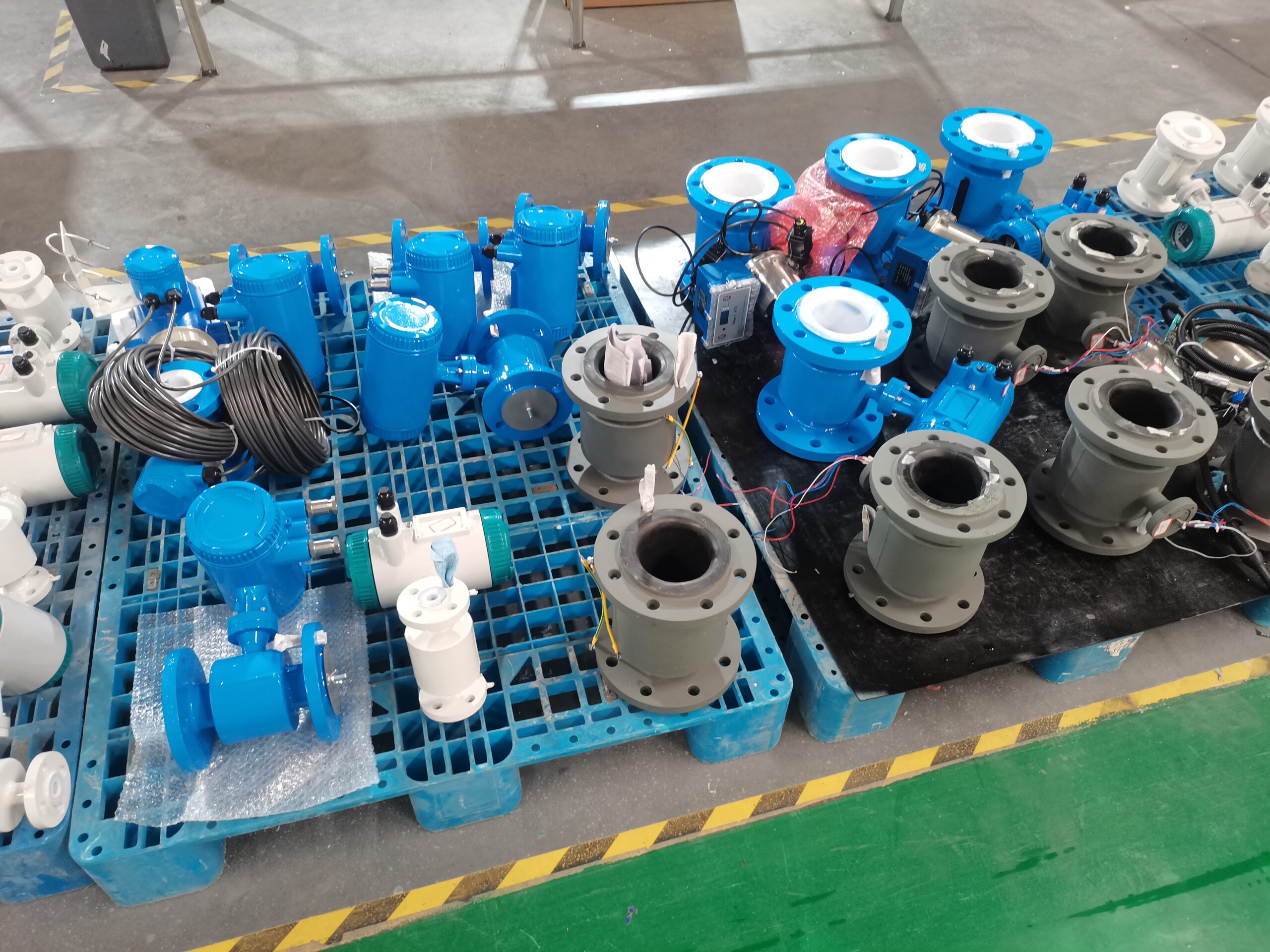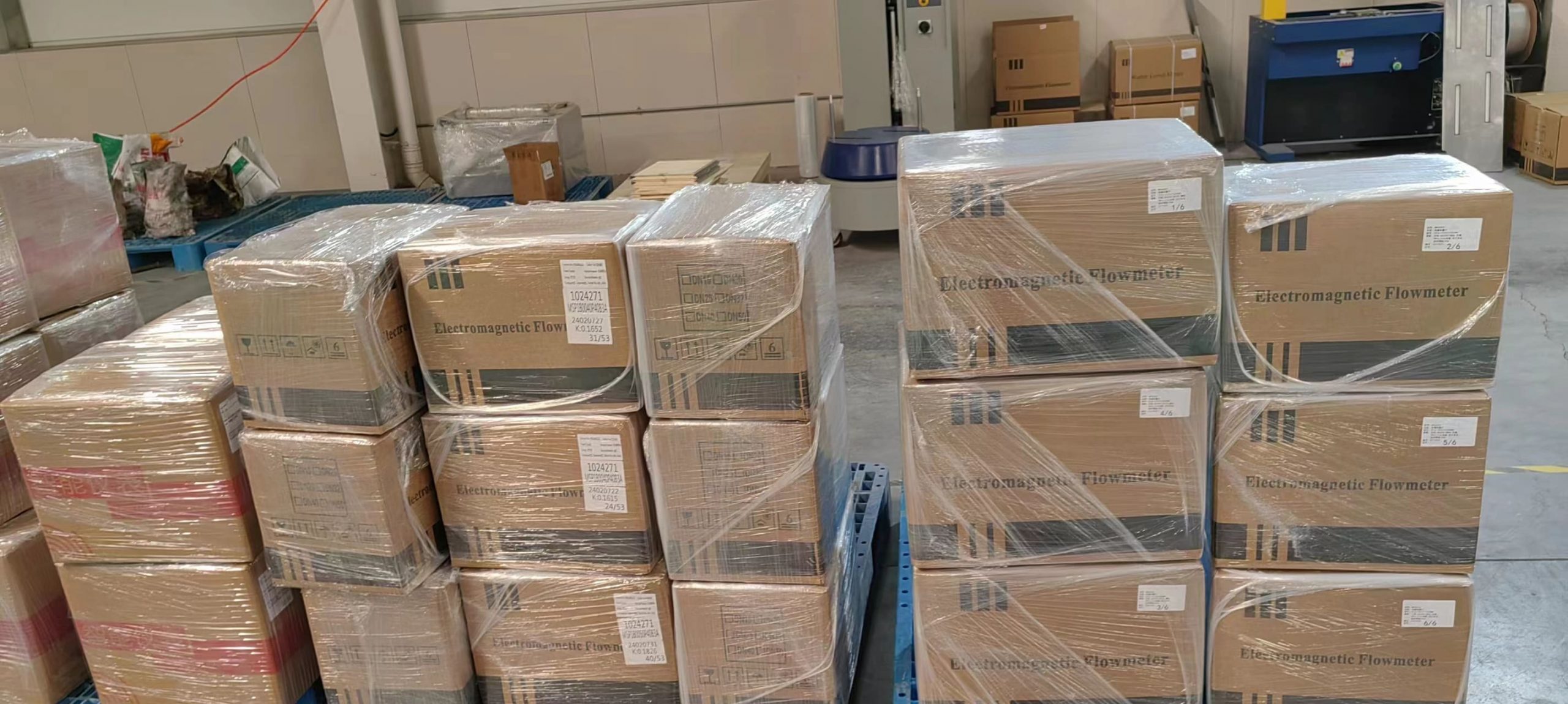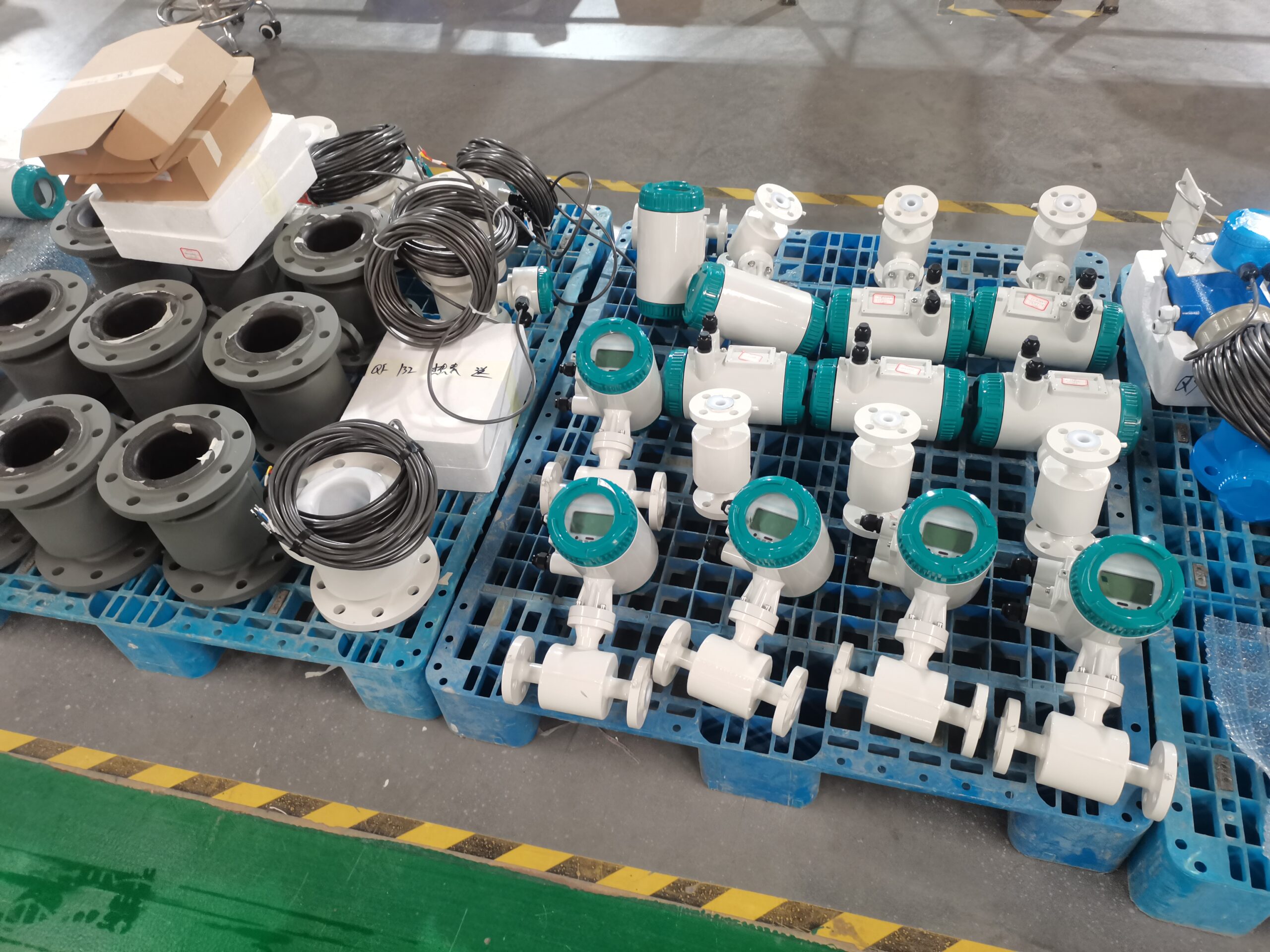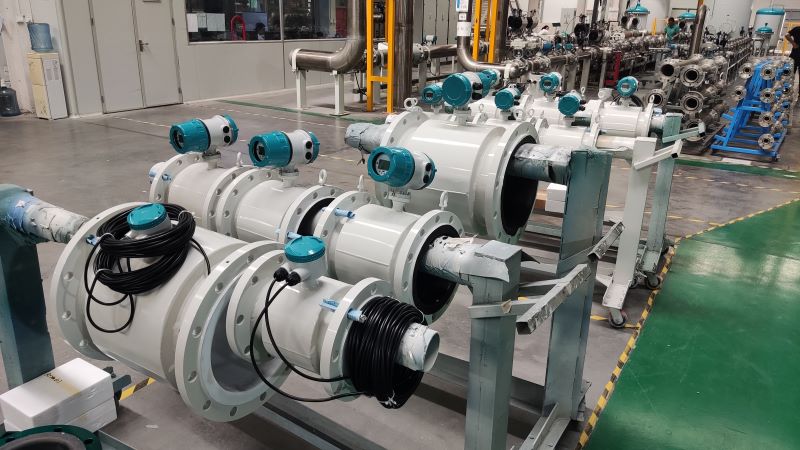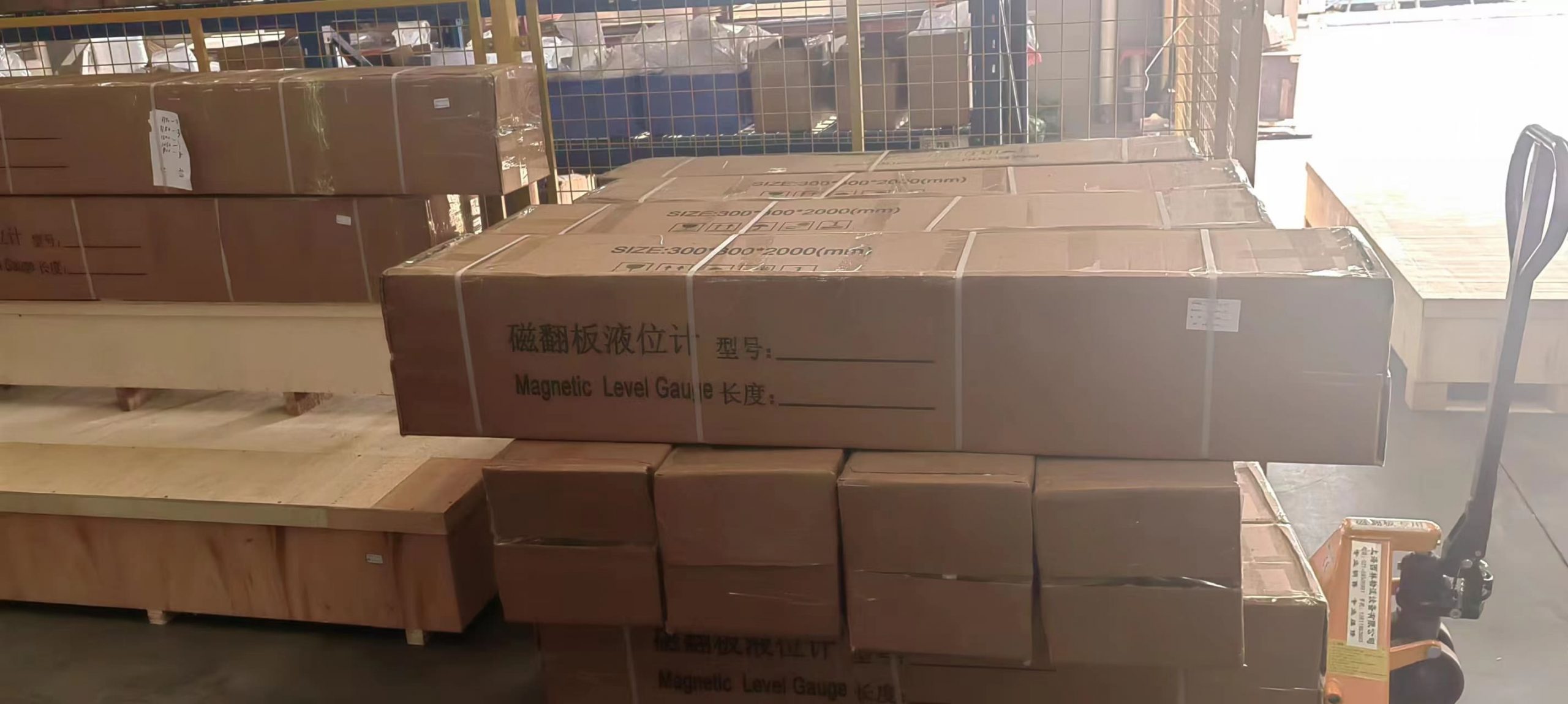What are the advantages of electromagnetic flow meter measurement for sewage measurement?
What are the advantages of electromagnetic flowmeter measurement for sewage measurement? The plug-in electromagnetic flowmeter is composed of two parts: flow sensor and transmitter.
What are the advantages of electromagnetic flowmeter measurement for sewage measurement? The plug-in electromagnetic flowmeter is composed of two parts: flow sensor and transmitter. An exciting coil is installed above and below the measuring tube of the sensor, and a magnetic field is generated after the exciting current is passed through the measuring tube. A pair of electrodes are installed on the inner wall of the measuring tube and contact with the liquid phase to induce the induced potential and send it to the transmitter. The excitation current is provided by a transmitter. According to the assembly method of transducers and sensors, there are two types: separation type and one type.
In the sewage treatment process, the large diameter flowmeter is mostly split, one part is installed underground, the other part is on the ground. Small caliber is mostly unibody. The working principle of the plug-in electromagnetic flowmeter is based on Faraday’s law of electromagnetic induction. When the conductive metal rod moves at a certain speed perpendicular to the direction of the magnetic field line, the induced voltage is generated. If the magnetic field strength is B, the metal rod length is L, and the speed is v, then the induced voltage is generated.
In addition, some characteristics of the electromagnetic flowmeter also determine that it is more suitable for sewage measurement than other flowmeter products. Electromagnetic flowmeter is not affected by external factors such as temperature, pressure, viscosity, measuring the pressure loss caused by no shrinkage or bulge inside the tube, in addition, the initial signal detected by the flow element is a voltage that changes accurately and linearly with the average flow rate of the fluid, which is unrelated to other properties of the fluid, and has great advantages. And then according to the sewage has a large flow change, containing impurities, small corrosion, has a certain electrical conductivity and other characteristics, measuring the flow of sewage, electromagnetic flowmeter can be said to be a better choice.
There is also the compact structure of the electromagnetic flowmeter, small size, installation, operation, maintenance are very convenient, the measurement system adopts intelligent design, the overall seal is strengthened, and can work normally in a harsh environment. Compared with other flowmeter products, vortex flowmeter due to technical reasons, the caliber is difficult to make large, quality, pipe type ultrasonic flowmeter in price relative to electromagnetic lack of competitive advantage. Therefore, in the water supply and drainage and sewage treatment industry, electromagnetic flowmeters, especially large-diameter electromagnetic flowmeters, have great advantages and have been widely used.
At present, the function of the electromagnetic flowmeter on the market is also very different, simple is just to measure one-way flow, only the output analog signal to drive the post-meter; Intelligent electromagnetic flowmeter can measure two-way flow, range switching, upper and lower limit flow alarm, air pipe and power cut alarm, small signal cutting, flow display and total calculation, automatic check and fault self-diagnosis, communication with the host computer and motion configuration. Some models of electromagnetic flowmeters serial digital communication function can choose a variety of communication interfaces and special chip (ASIC) to connect HART protocol system, PROFTBUS, Modbus, FF field bus, etc.
The premise of using the electromagnetic flowmeter is that the liquid to be measured must be conductive, and the conductivity below the threshold will produce measurement errors until it cannot be used, and even if it changes beyond the threshold, it can be measured, and the indicating error does not change much. The conductivity of industrial water and its aqueous solution is greater than 10-4S/cm, the conductivity of acid, alkali and salt solution is between 10-4 and 10-1S/cm, and there is no problem with the use of low-degree distilled water for 10-5S/cm. Usually sewage conductivity is high, because it contains more ions, which is one of the advantages of electromagnetic flowmeters used to measure sewage, determined by its measurement principle.

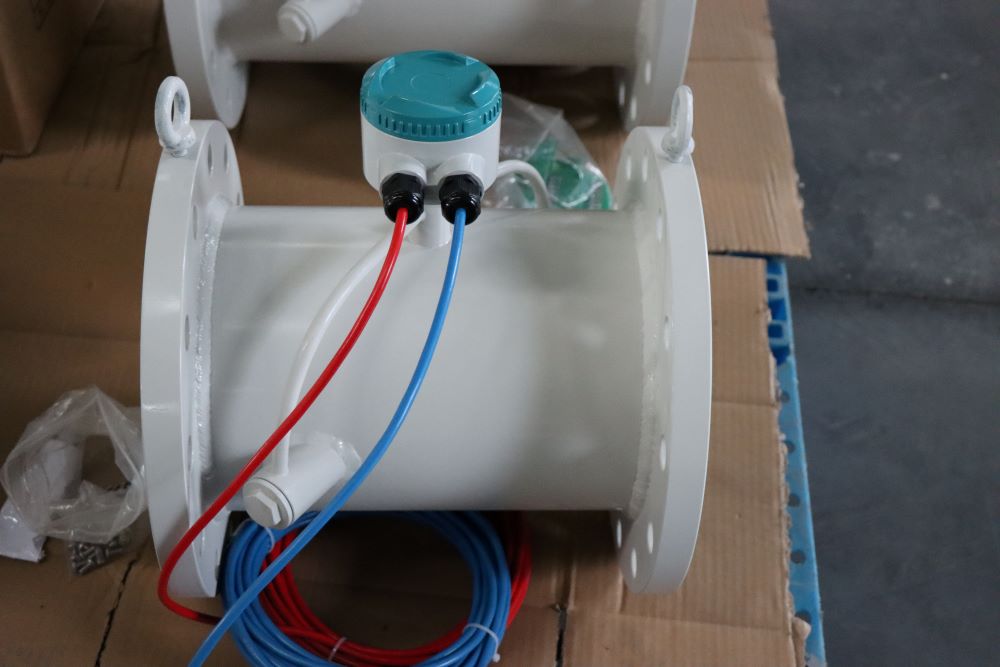
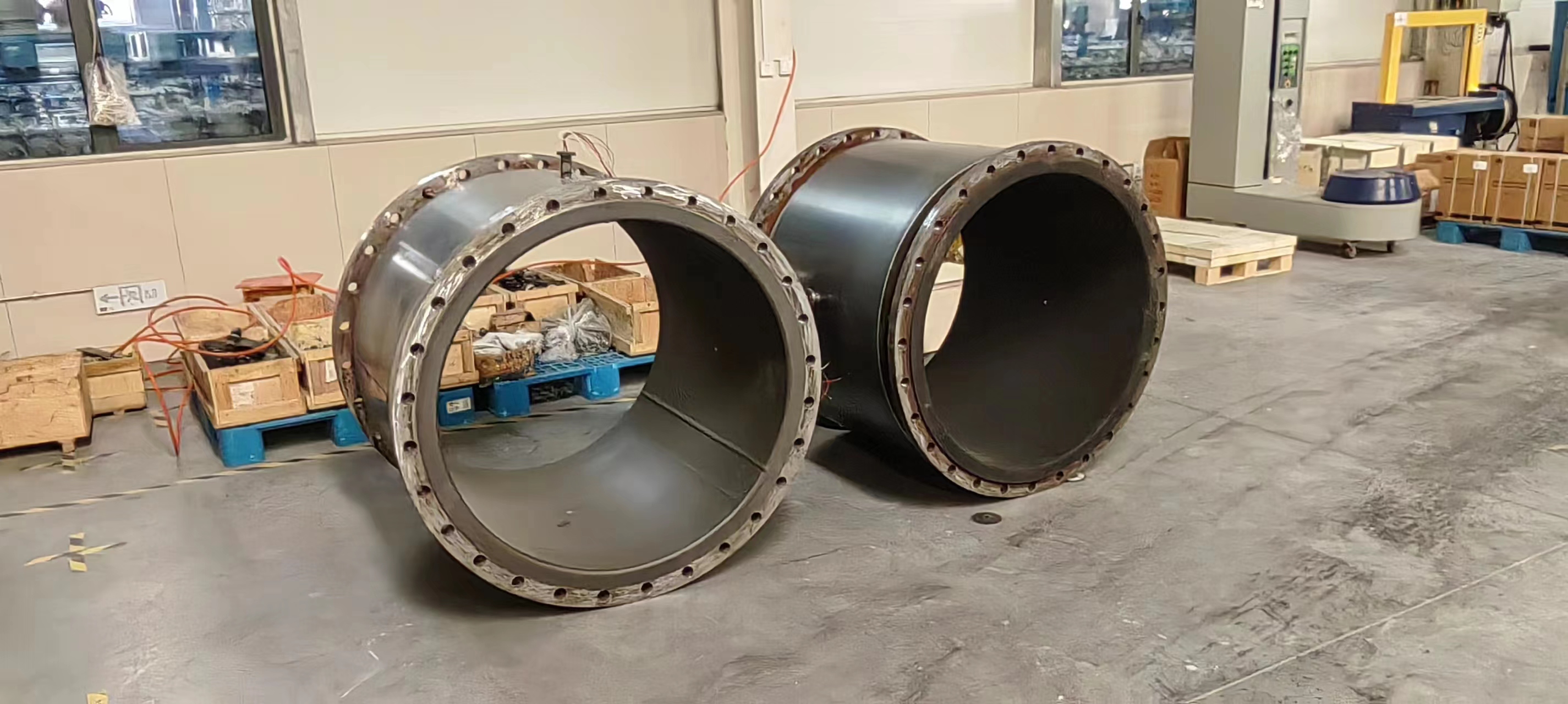
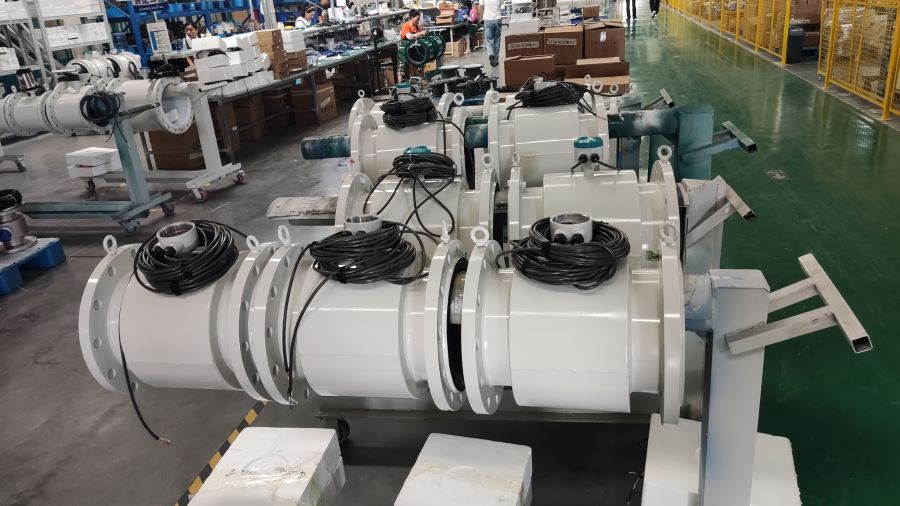
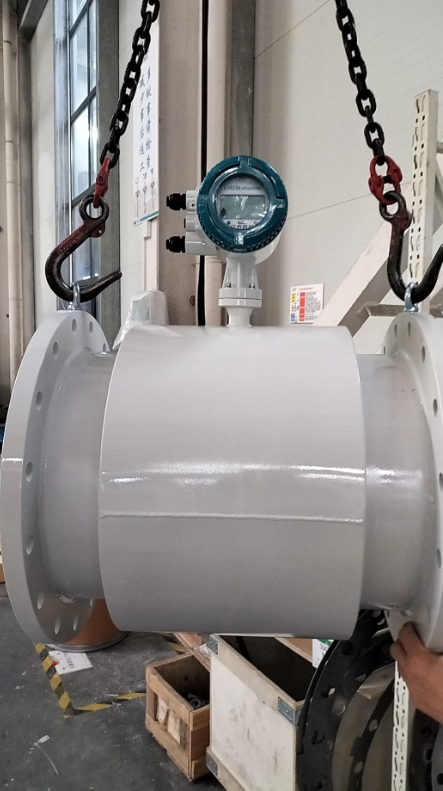
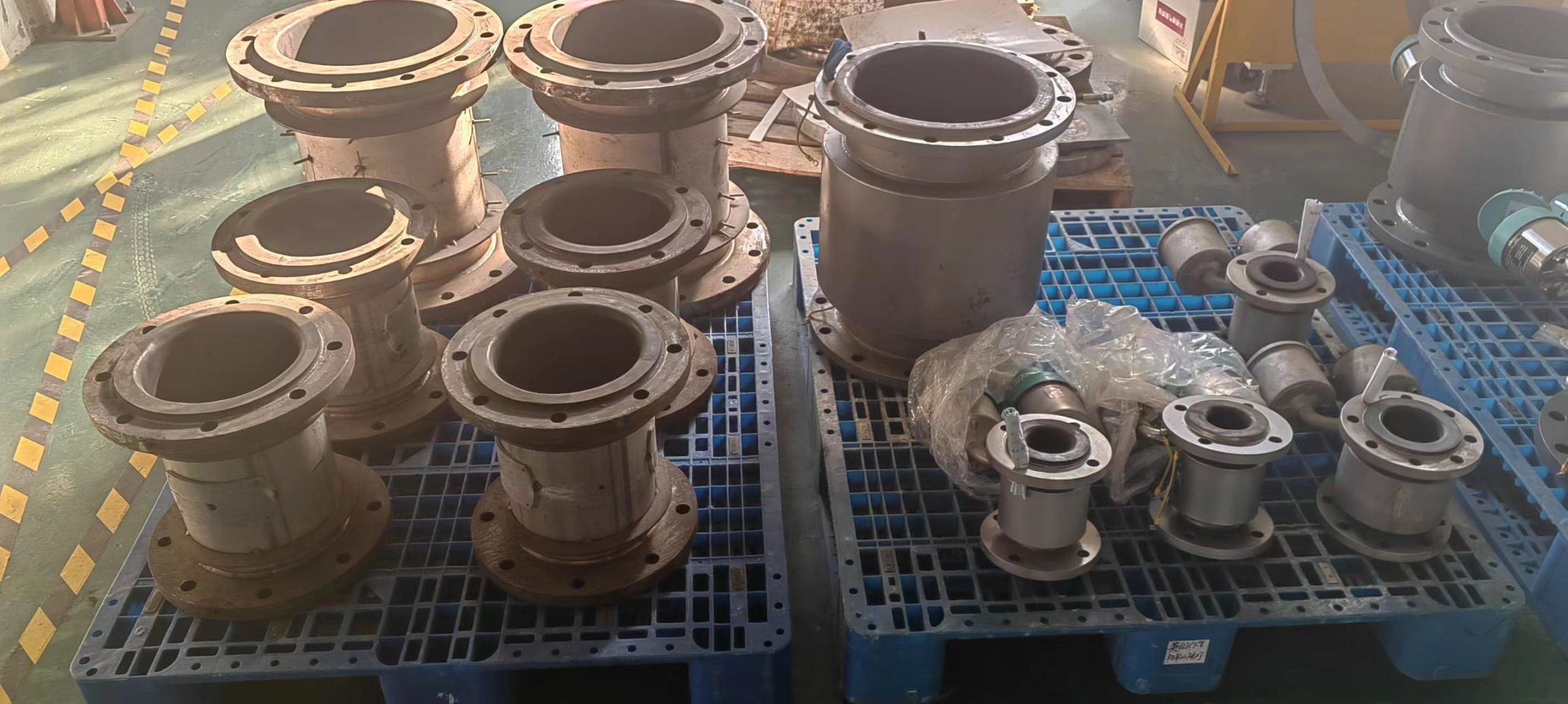
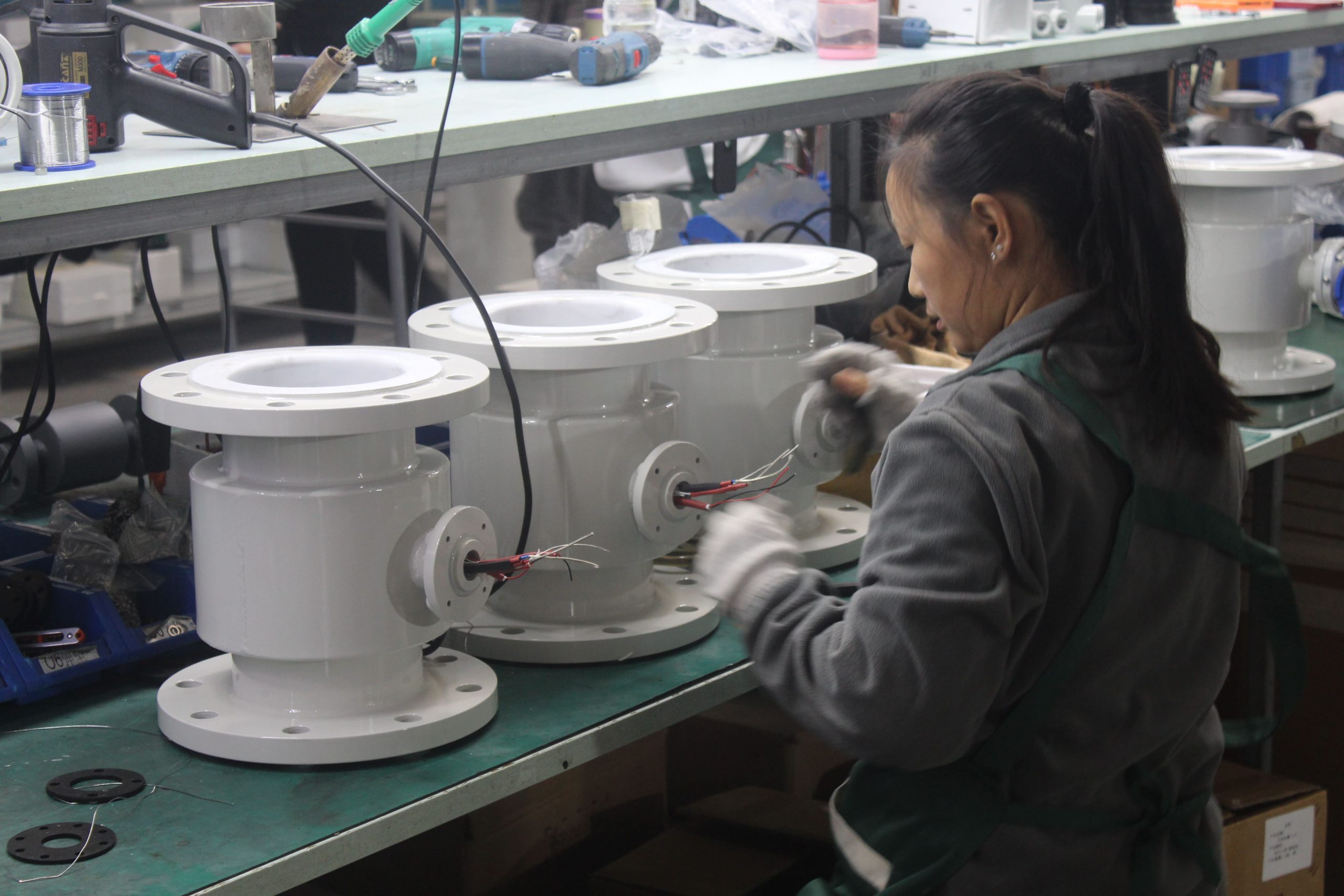
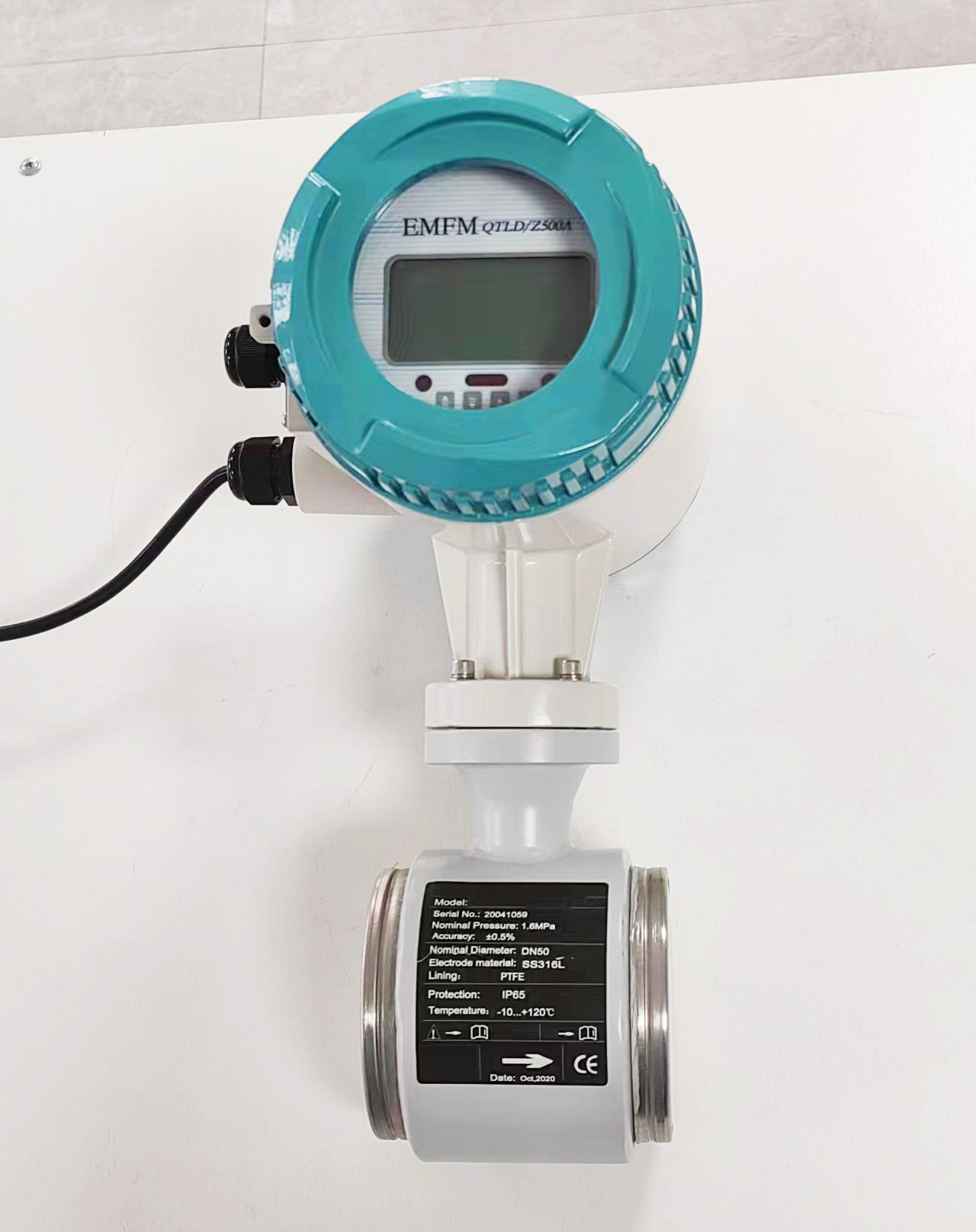
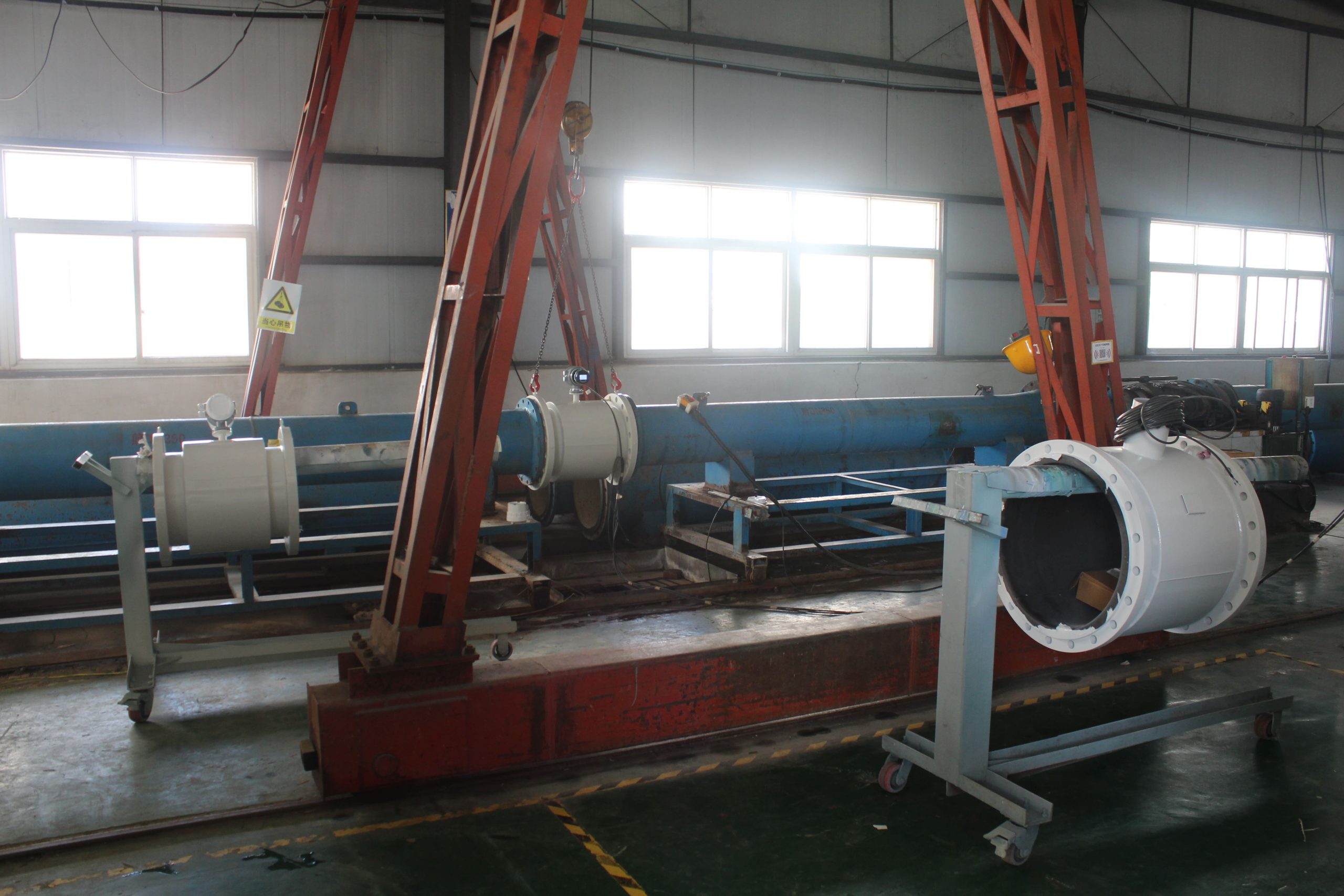
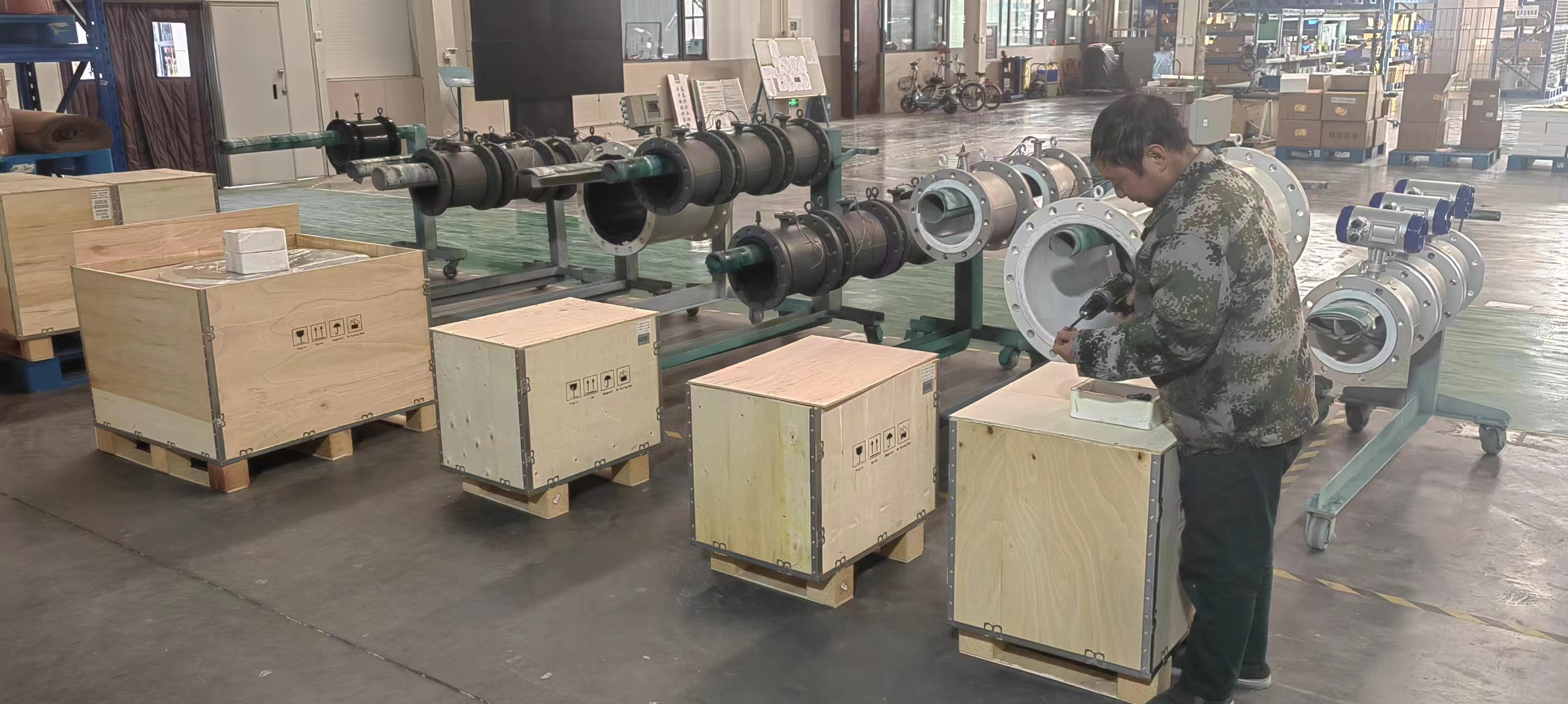
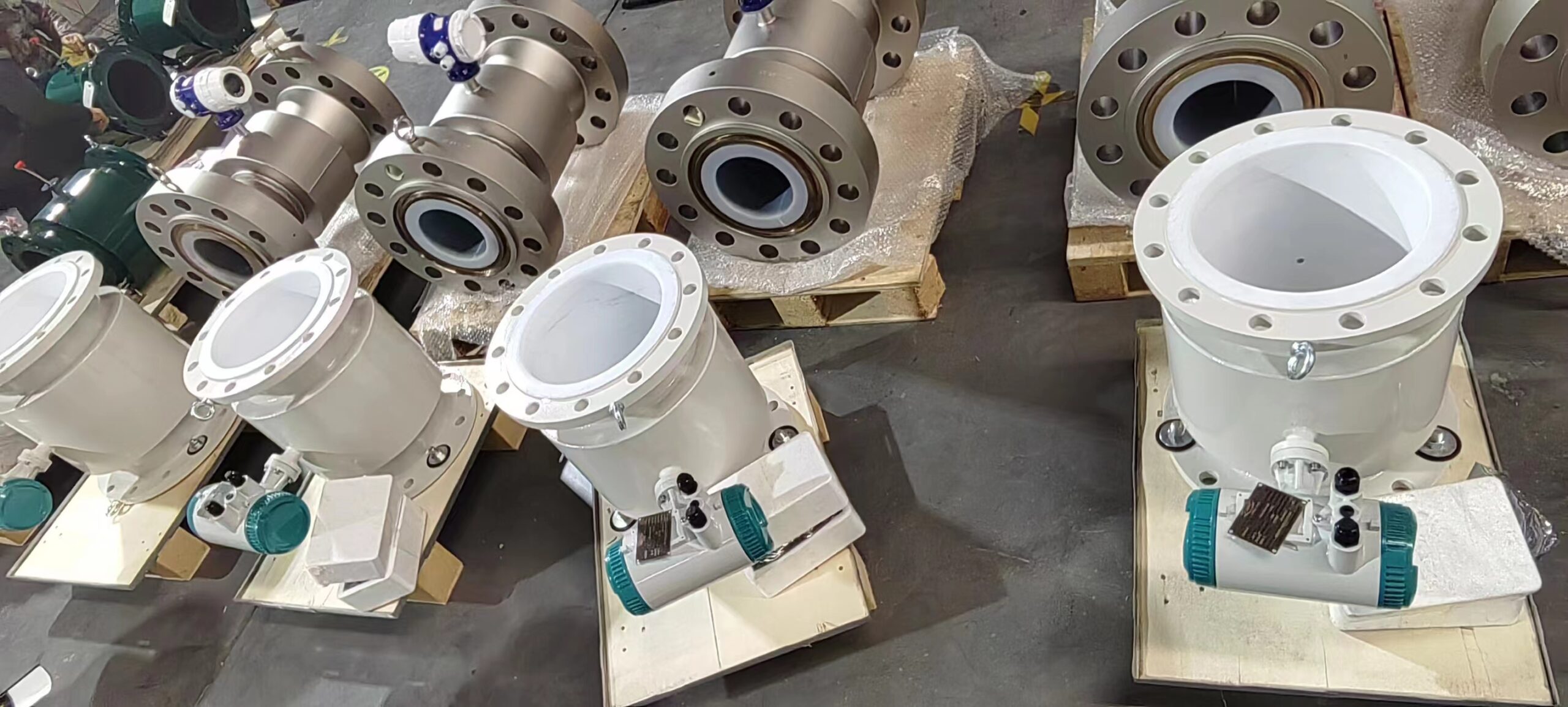

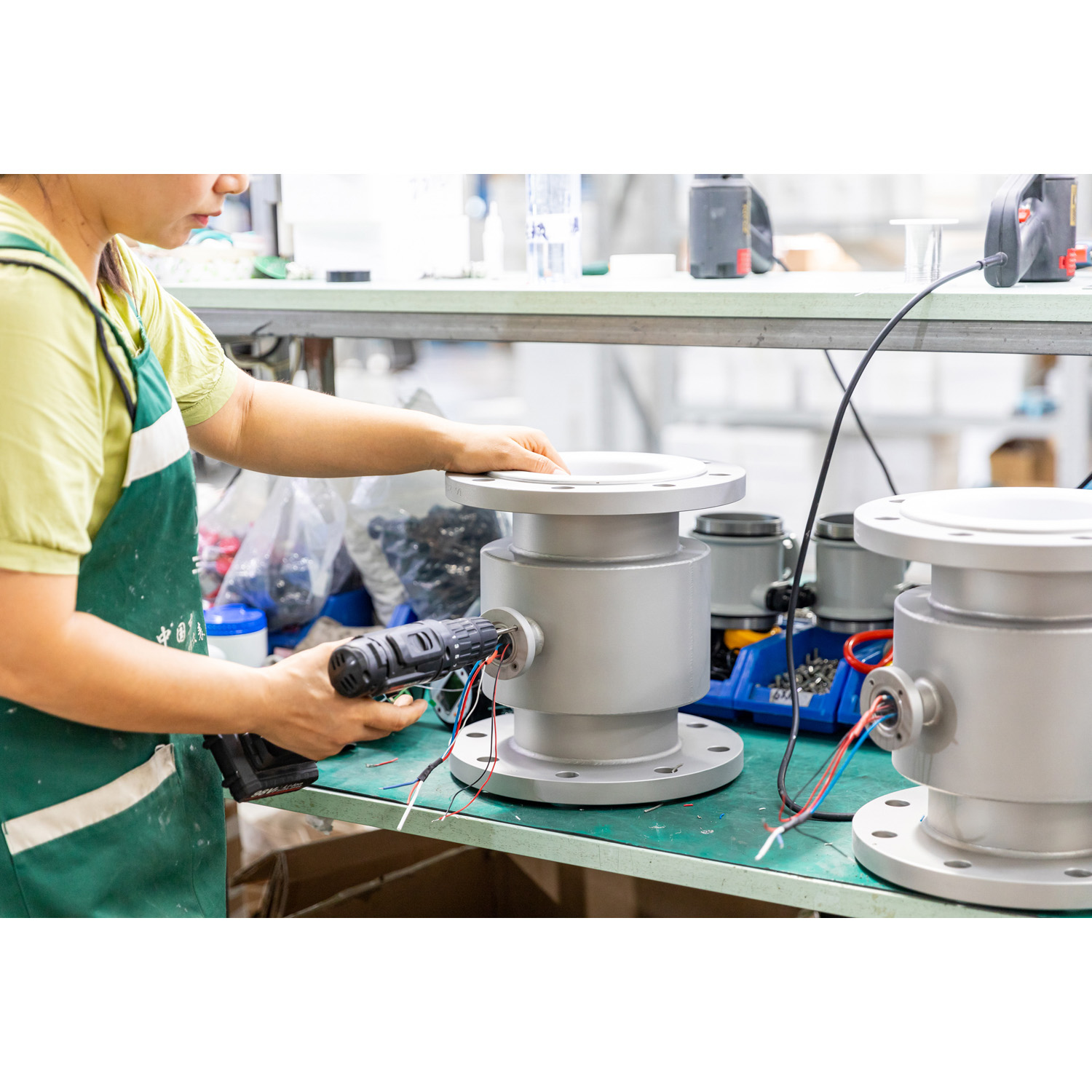
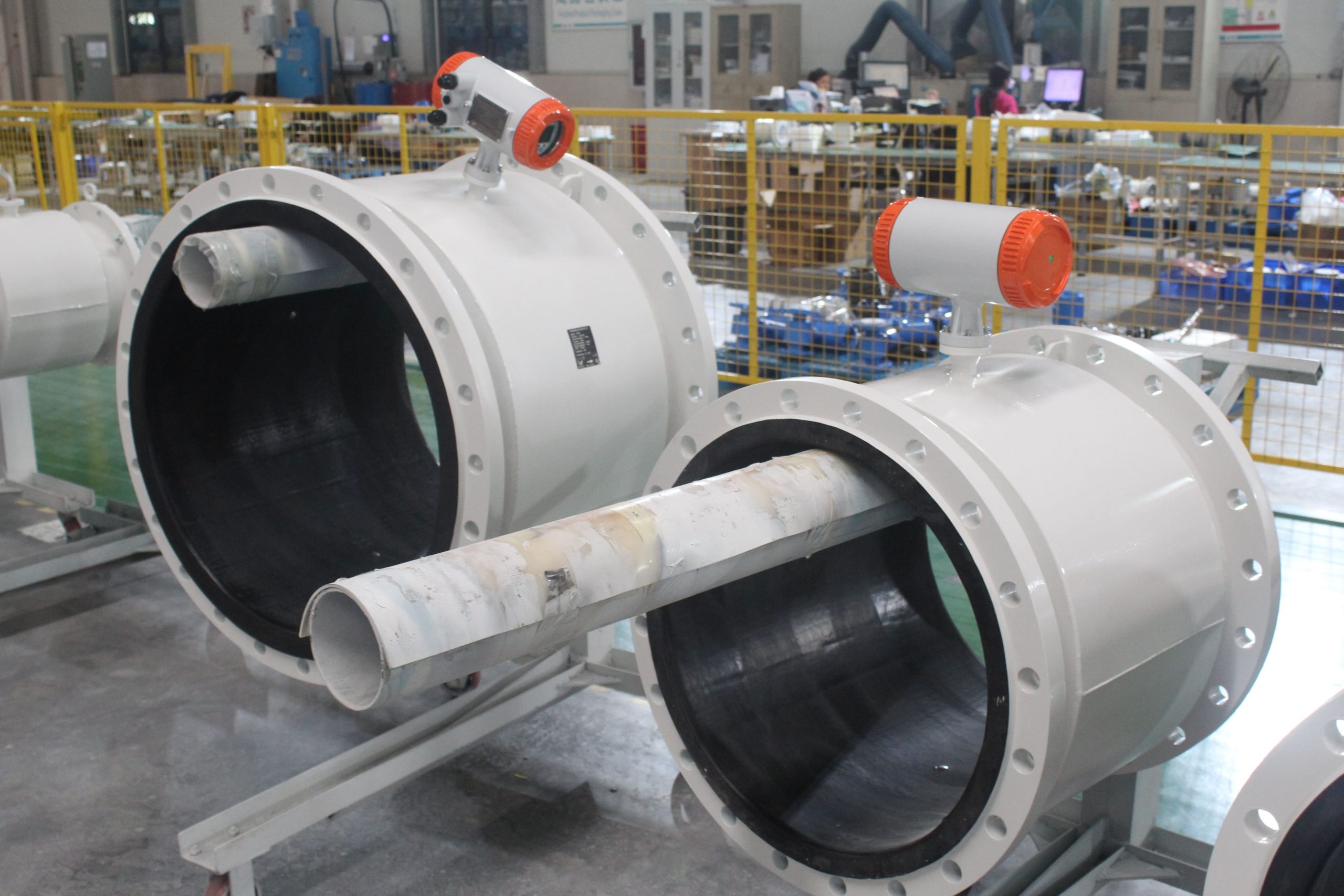
-.jpg)
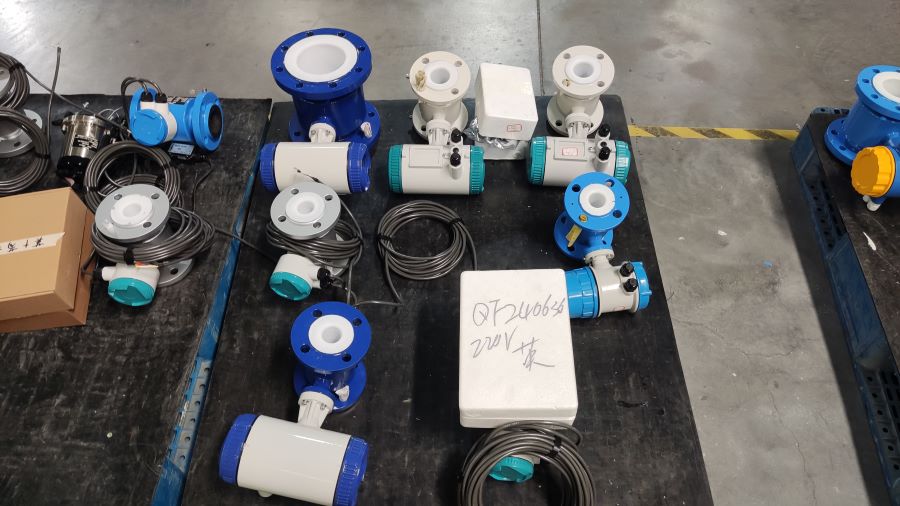
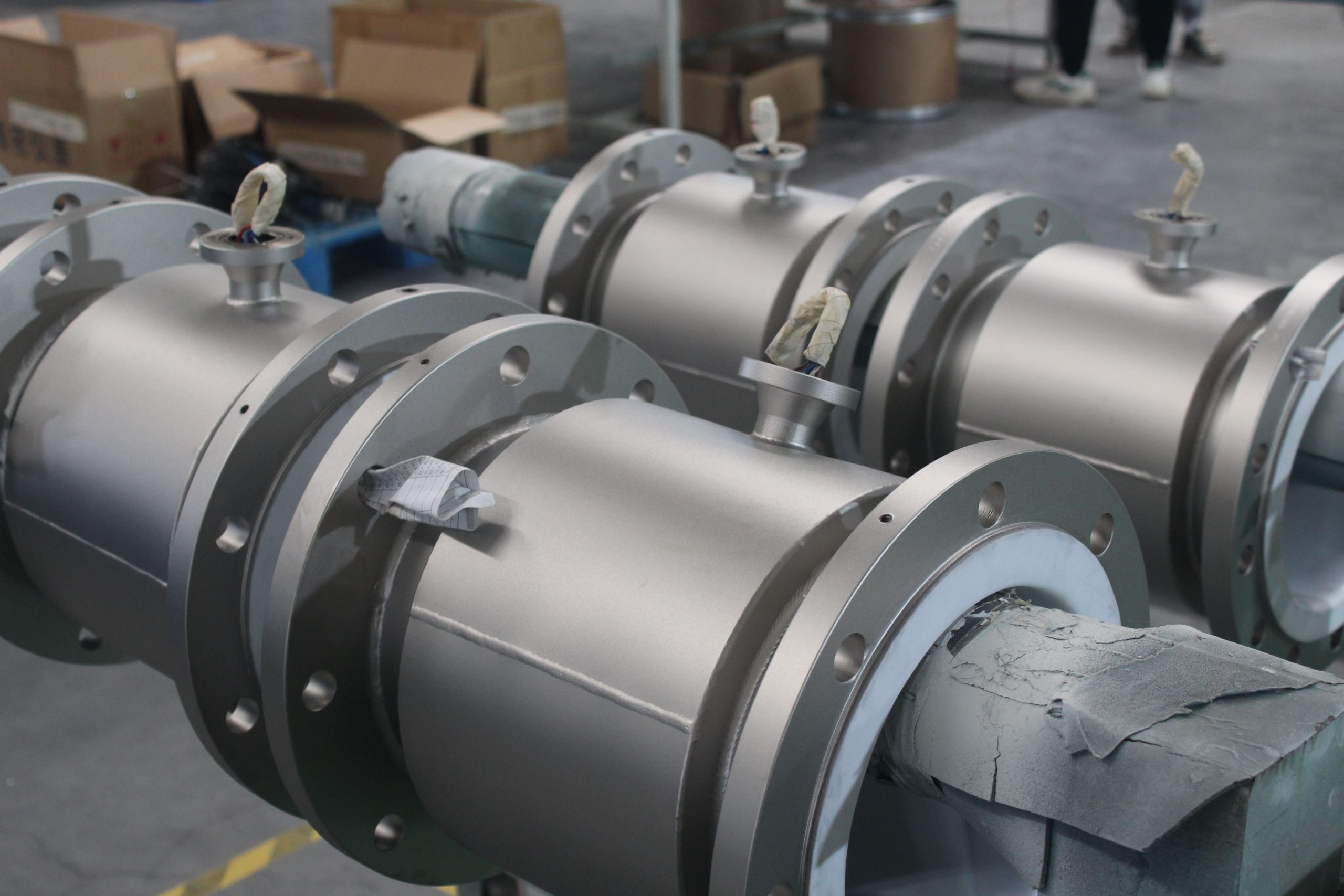
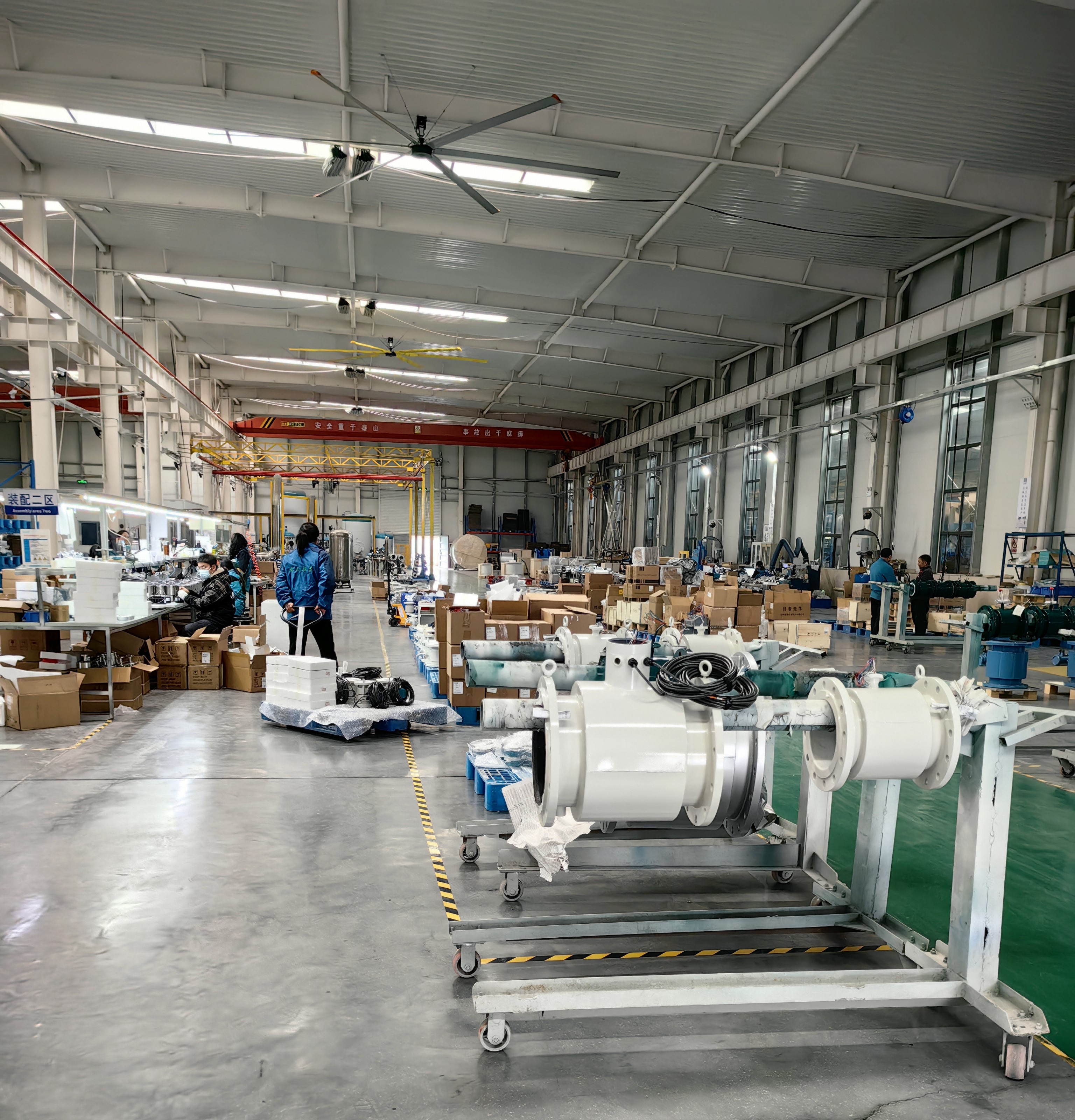
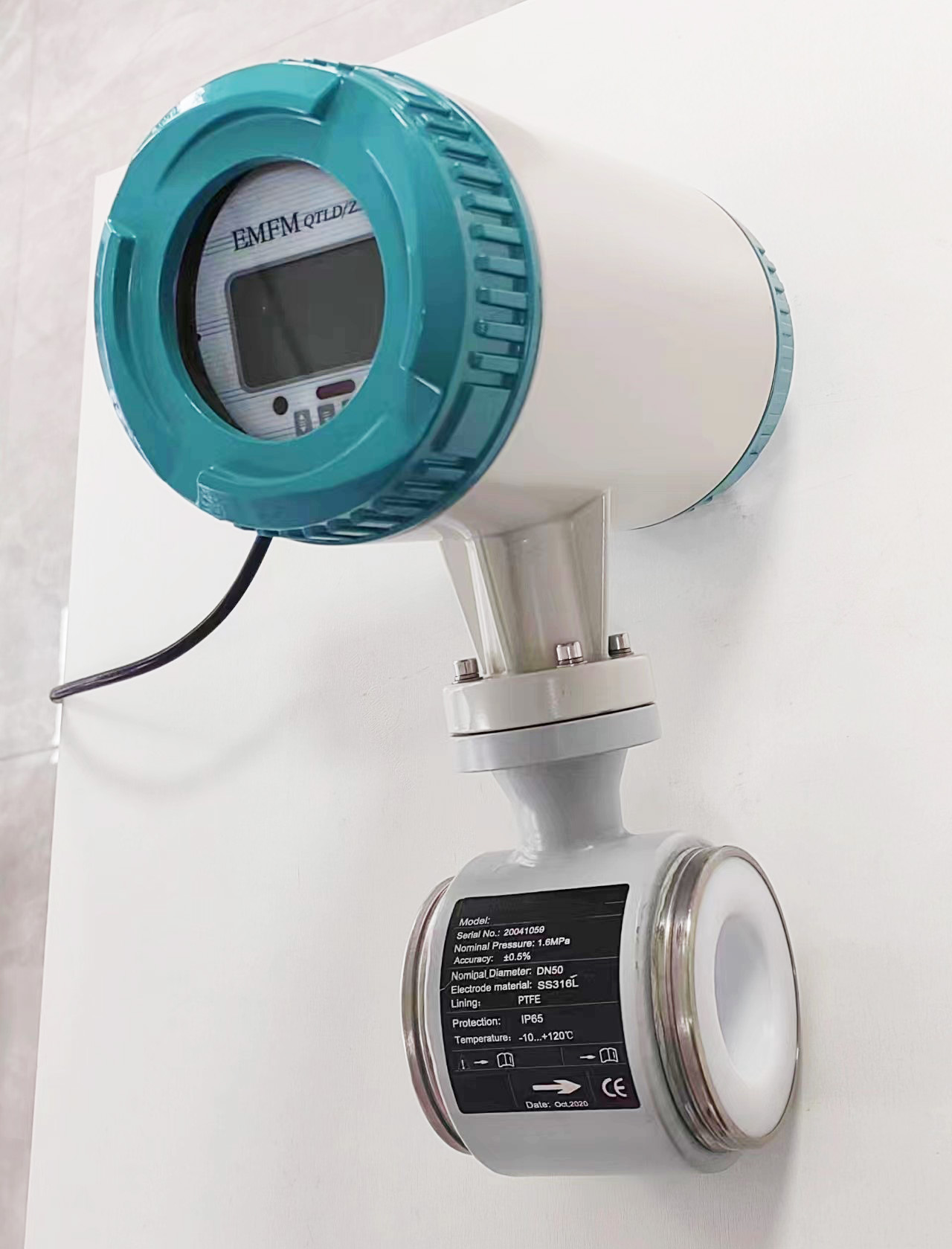
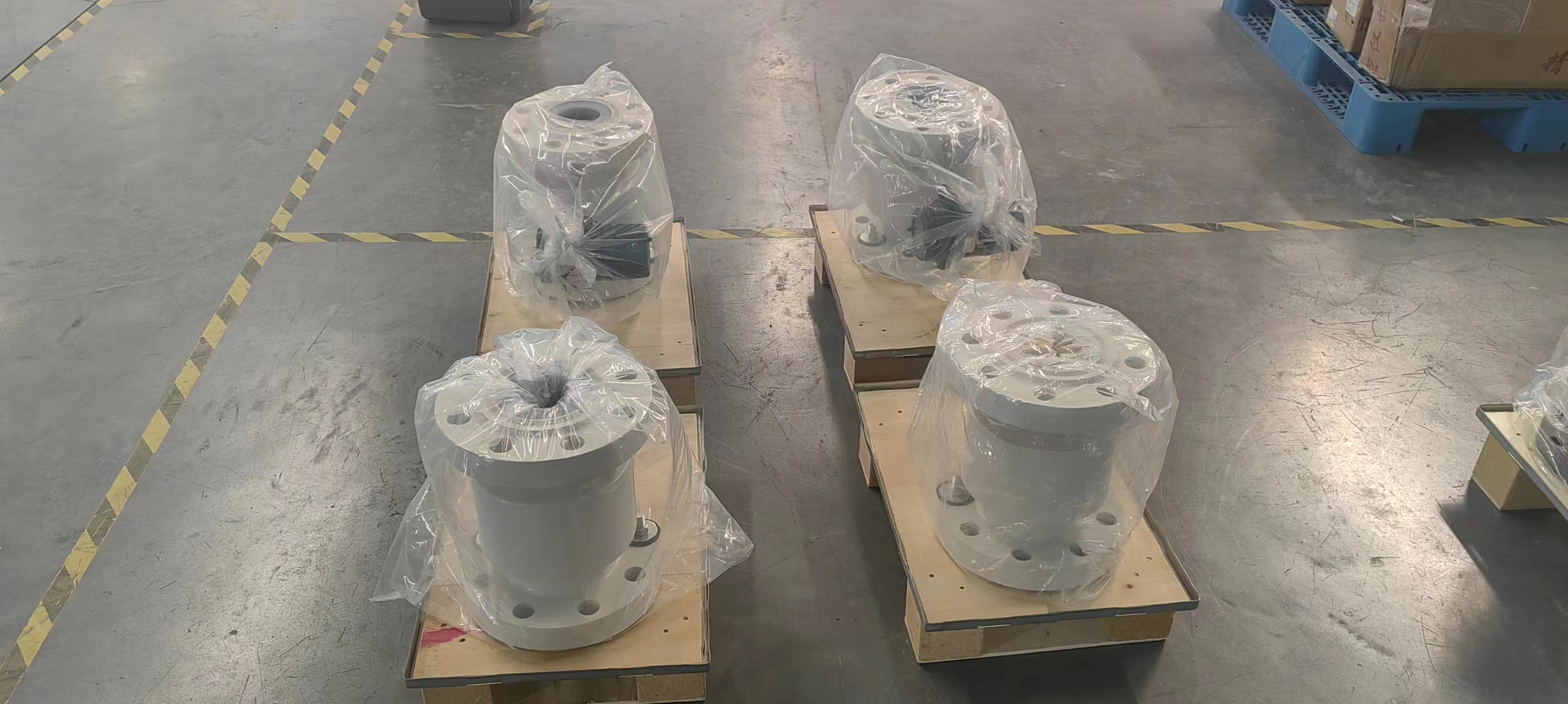
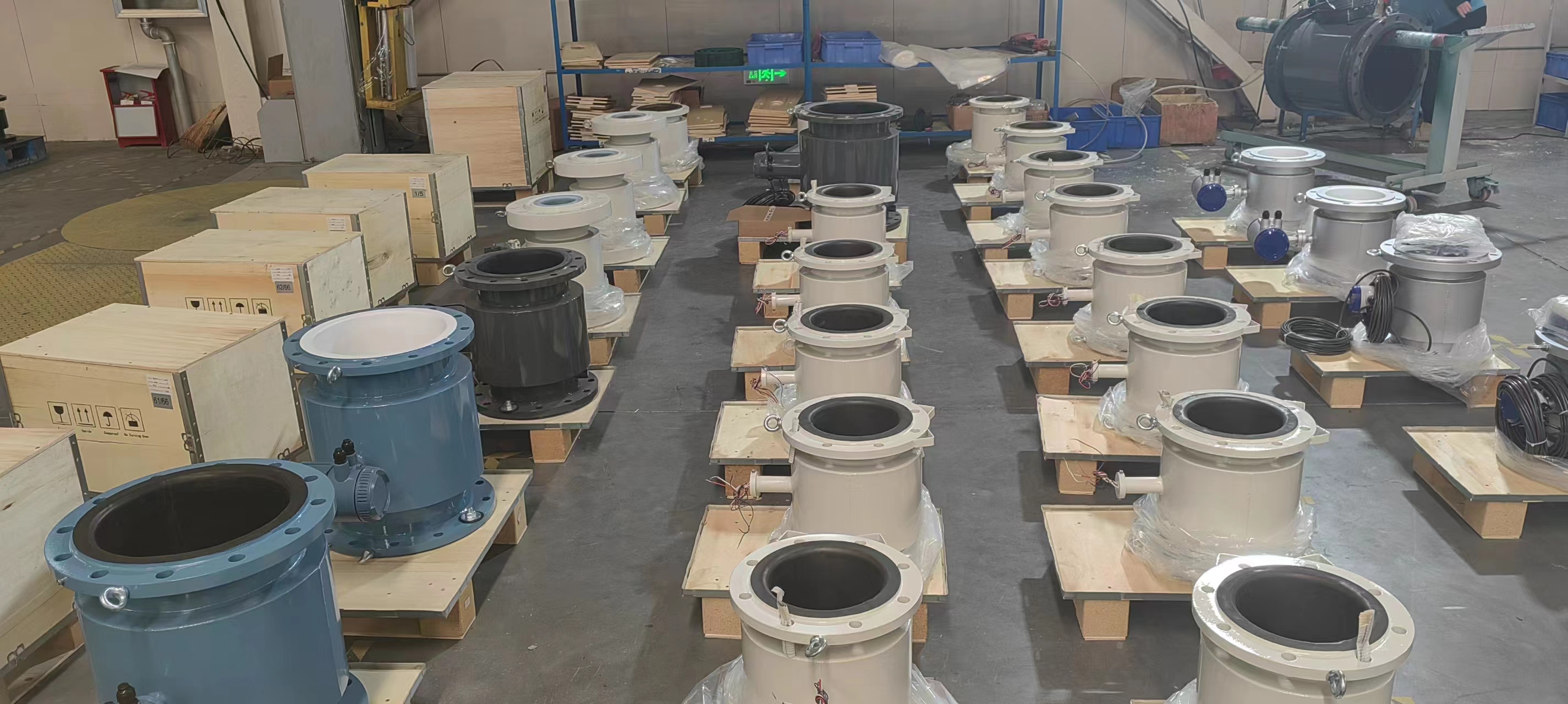
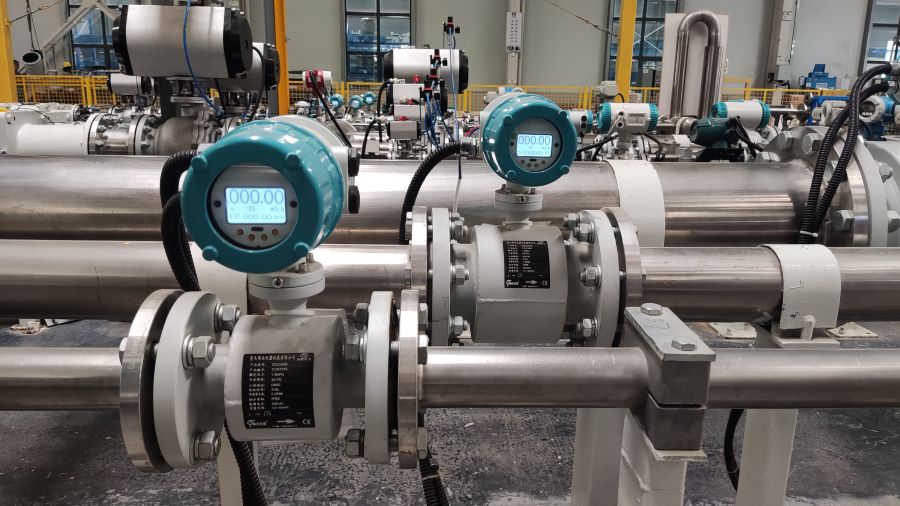
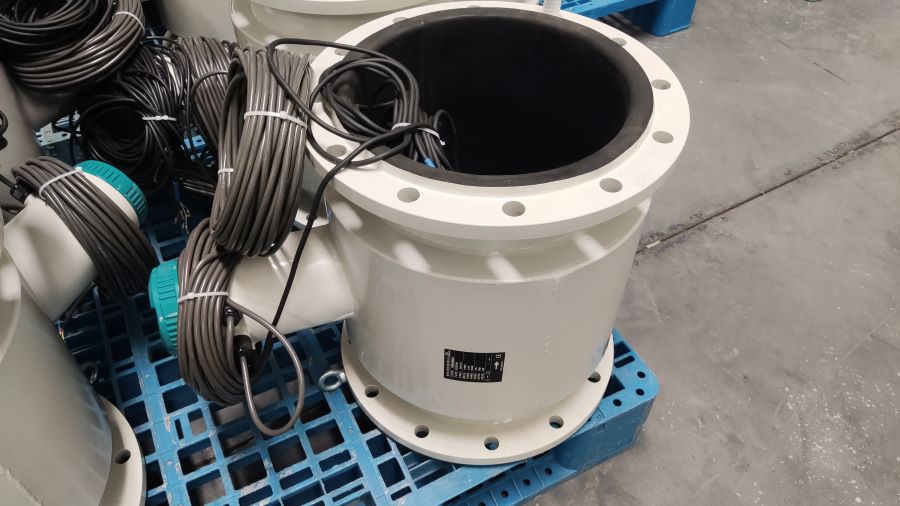
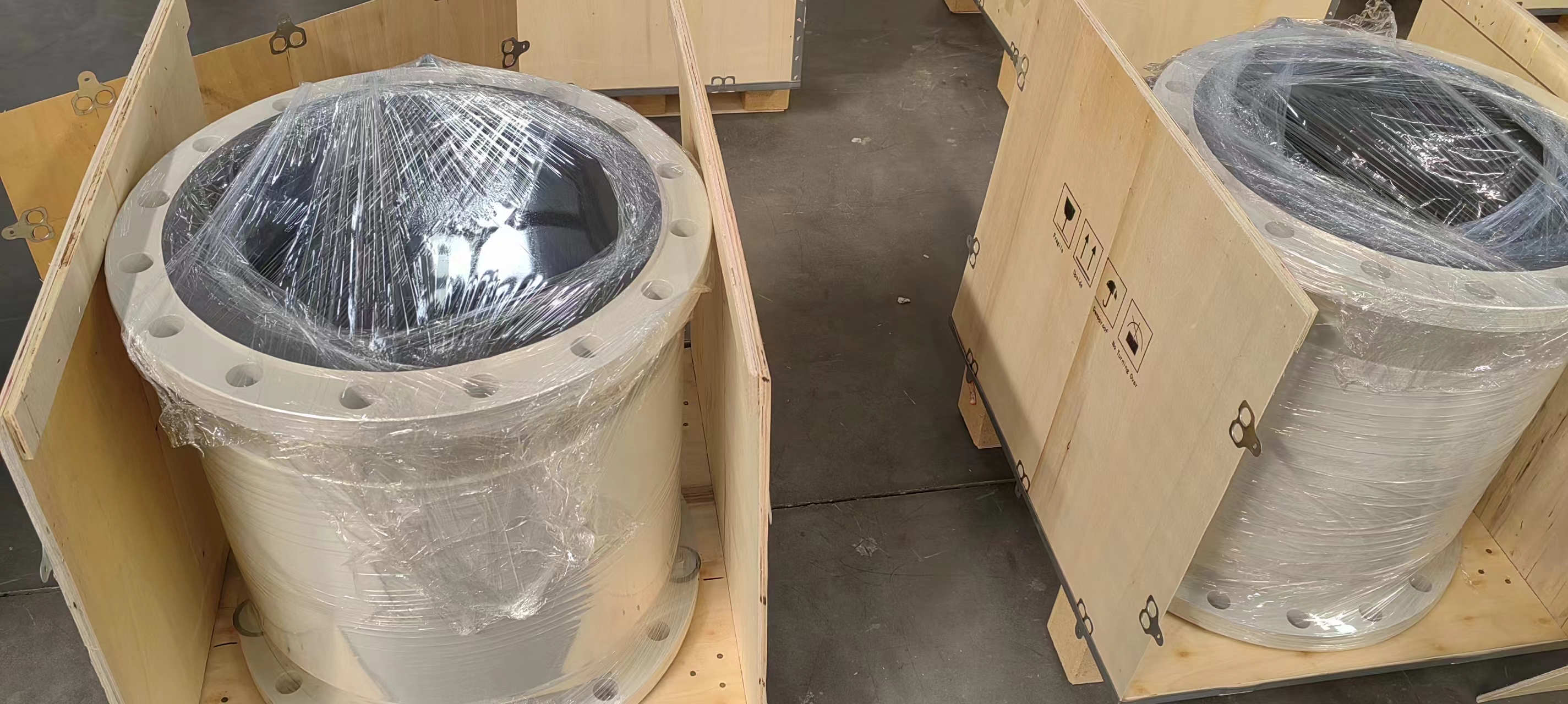
-.jpg)
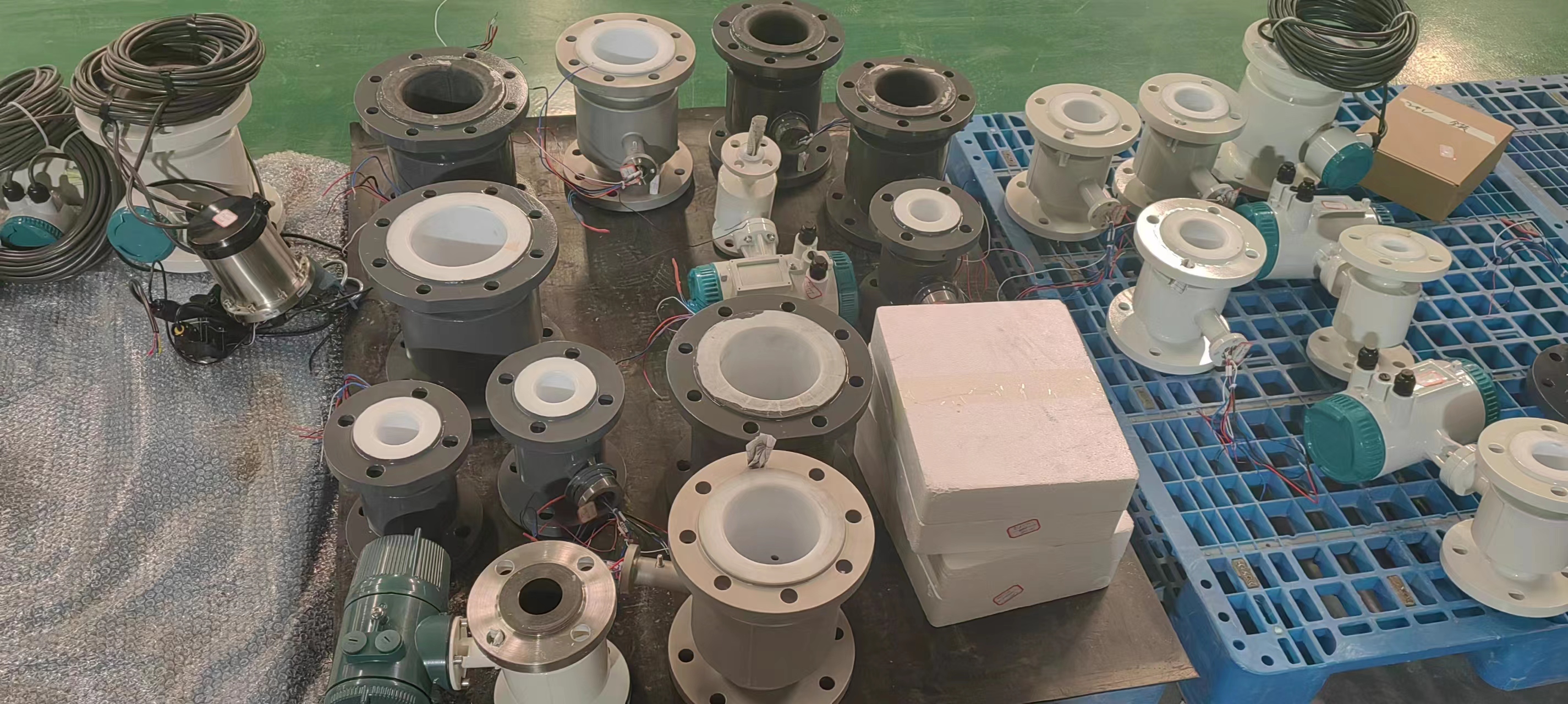
-.jpg)
